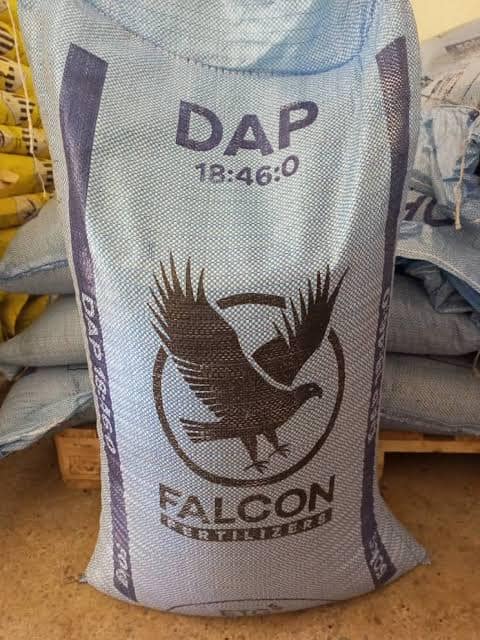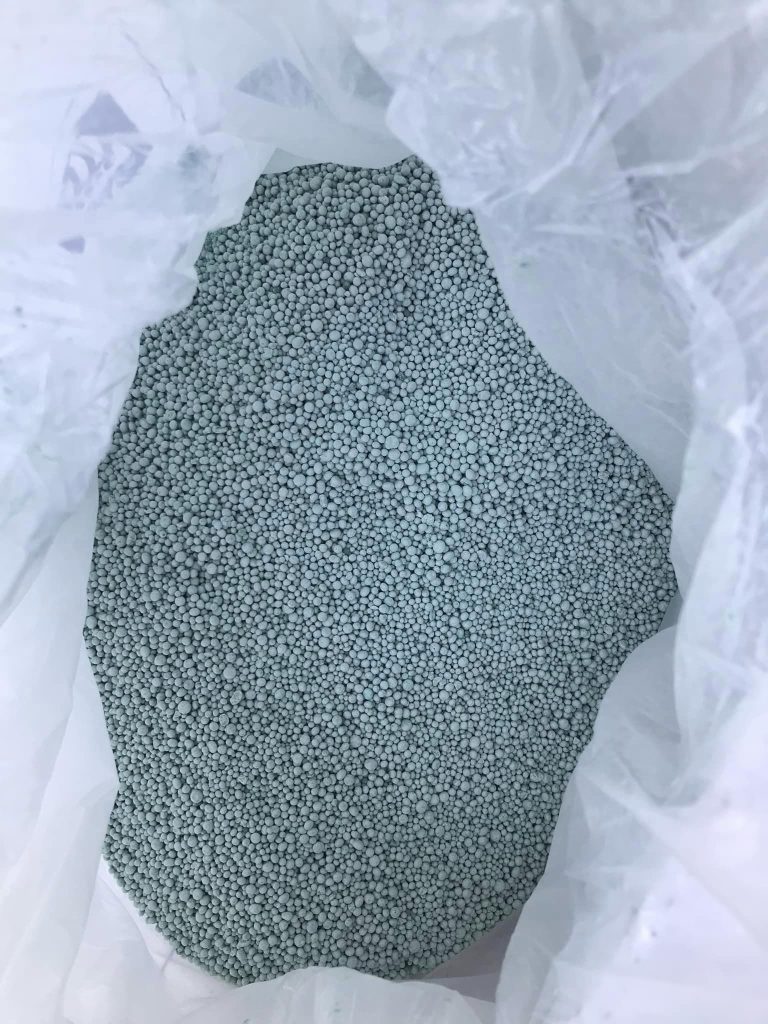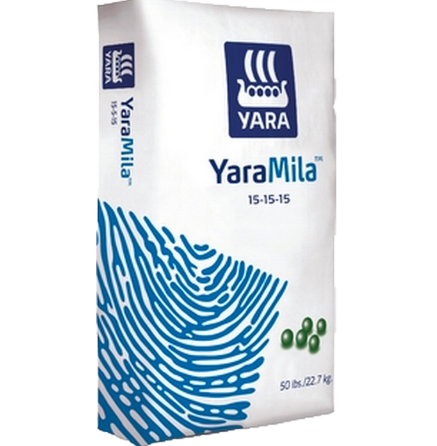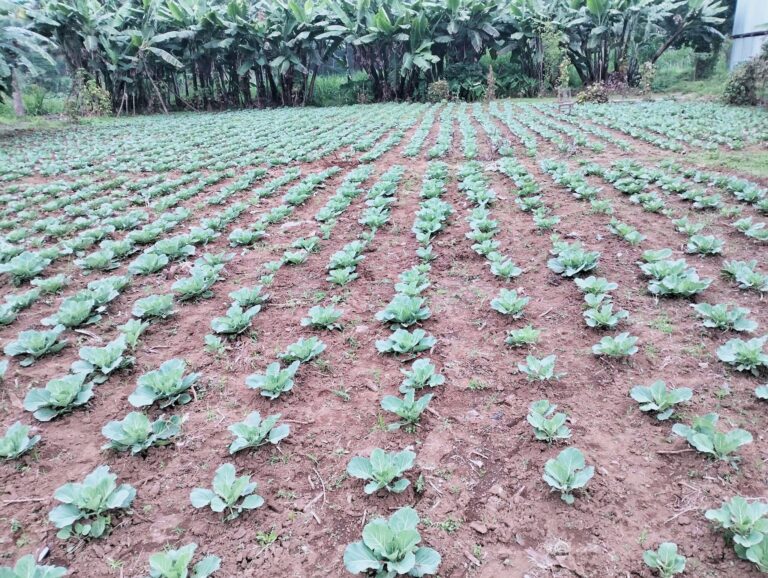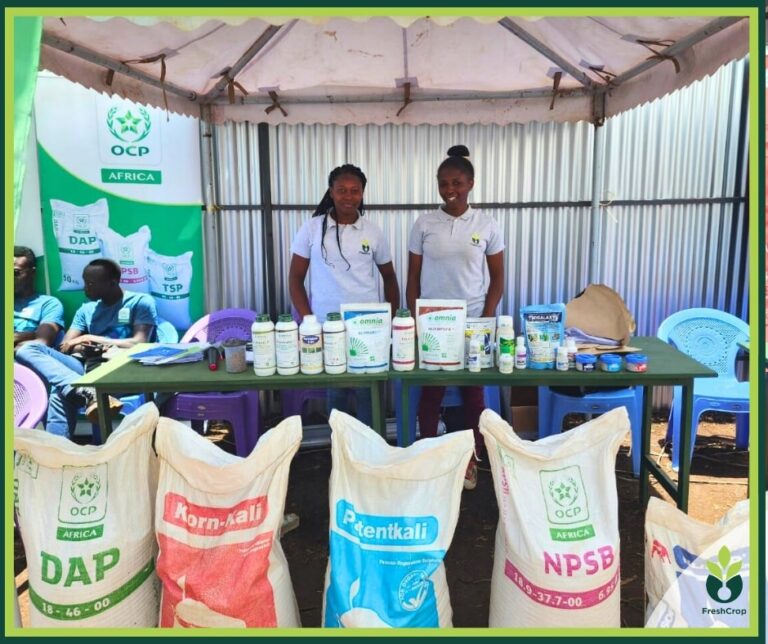Percentage Of Phosphorus In DAP Fertilizers
Diammonium Phosphate (DAP) contains 46% Phosphorus (P2O5) by weight. Specifically, DAP has a nutrient grade of 18-46-0, meaning it contains 18% nitrogen, 46% phosphorus pentoxide (P2O5), and 0% potassium.
The 46% phosphorus content of DAP means that 100g of DAP contains 46g of phosphorus. DAP is the world’s most widely used phosphorus fertilizer due to its high phosphorus analysis, which allows freight and handling costs per kg of nutrient to be minimized
DAP is manufactured by reacting Ammonia with Phosphoric acid under controlled conditions in fertilizer plants. It provides both nitrogen and phosphorus, essential macro-nutrients for plant growth.
It is widely used as a fertilizer due to its high phosphorus content and efficient nutrient release properties.
The physical properties of DAP make it a preferred choice among farmers for its solubility and ease of application, contributing to its popularity as a fertilizer.
Understanding the correct application and placement of DAP is crucial for maximizing its effectiveness in providing phosphorus to crops without causing seedling injury.
DAP is known for its alkaline pH when dissolved in soil, facilitating the release of plant-available phosphate and ammonium, which are essential for crop nutrition.
Percentages of P2O5 and P in DAP:
- DAP contains 46% P2O5 and not 46% P.
- To change P2O5% to P%, the equation is P% = P2O5% x 0.44, resulting in 20.24% for 1% P.
Calculation for 1% Phosphorus Solution:
- For 1% P, 4.94 g of DAP in 100ml D.W. is needed to prepare the solution.
- To prepare 1% Phosphorus solution, 2.17g of DAP (46%) is required.
Chemical Properties and Composition:
- Chemical formula for DAP: (NH4)2HPO4
- Composition: 18% N, 46% P2O5, (20% P)
DAP Computation for Phosphorus:
- 100g of DAP contains 46g of P2O5 and 20.07g of P.
- For 1% P, around 5.0 g of DAP needs to be added to get the required solution.
How Does DAP Contribute To Soil Fertility?
Diammonium Phosphate (DAP) contributes to soil fertility through several mechanisms:
- Phosphorus Supply: DAP is rich in phosphorus (P2O5), providing a readily available source of phosphorus to plants. Phosphorus is crucial for root development, energy transfer, and flowering in plants.
- Nutrient Balance: It contains ammonium nitrogen, which helps balance the nitrogen-phosphorus ratio in soil. This balance is essential for optimizing plant growth and ensuring efficient nutrient uptake.
- pH Regulation: DAP has an acidic reaction in soil when it dissolves, which helps in regulating soil pH levels. This is beneficial in neutralizing overly alkaline soils, thereby improving nutrient availability to plants.
- Water Solubility: Being highly water-soluble, DAP quickly dissolves and releases nutrients into the soil solution. This enhances its efficiency in supplying nutrients to plants, especially during critical growth stages.
- Long-Term Impact: Proper application of DAP contributes to improved soil structure and fertility over time by maintaining a balanced nutrient profile essential for sustained crop productivity.
Why Is DAP Preferred Over Other Phosphate Fertilizers?
Diammonium Phosphate (DAP) is preferred over other phosphate fertilizers for several reasons:
- High Phosphorus Content: DAP contains a high percentage of phosphorus (P2O5), typically around 46%. This makes it an efficient source of phosphorus for plant growth and development.
- Nitrogen Combination: It also provides nitrogen in the form of ammonium nitrogen (NH4), which helps balance the nitrogen-phosphorus ratio in soil, supporting overall plant health.
- Water Solubility: DAP is highly water-soluble, which means it dissolves quickly and becomes readily available to plants after application. This rapid solubility ensures timely nutrient uptake by crops.
- Acidifying Effect: When DAP dissolves in soil, it has an acidic effect. This can help neutralize alkaline soils, making phosphorus more available to plants and improving nutrient uptake efficiency.
- Ease of Handling: DAP is usually free-flowing and does not clump, making it easier to handle and store compared to some other phosphate fertilizers. This reduces application challenges and ensures uniform distribution in the field.
